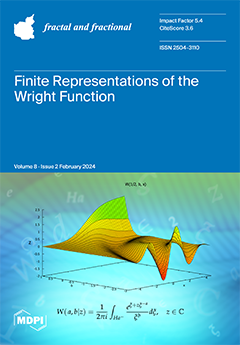Metaverse (MV) technology introduces new tools for users each day. MV companies have a significant share in the total stock markets today, and their size is increasing. However, MV technologies are questioned as to whether they contribute to environmental pollution with their increasing
[...] Read more.
Metaverse (MV) technology introduces new tools for users each day. MV companies have a significant share in the total stock markets today, and their size is increasing. However, MV technologies are questioned as to whether they contribute to environmental pollution with their increasing energy consumption (EC). This study explores complex nonlinear contagion with tail dependence and causality between MV stocks, EC, and environmental pollution proxied with carbon dioxide emissions (CO
2) with a decade-long daily dataset covering 18 May 2012–16 March 2023. The Mandelbrot–Wallis and Lo’s rescaled range (R/S) tests confirm long-term dependence and fractionality, and the largest Lyapunov exponents, Shannon and Havrda, Charvât, and Tsallis (HCT) entropy tests followed by the Kolmogorov–Sinai (KS) complexity measure confirm chaos, entropy, and complexity. The Brock, Dechert, and Scheinkman (BDS) test of independence test confirms nonlinearity, and White‘s test of heteroskedasticity of nonlinear forms and Engle’s autoregressive conditional heteroskedasticity test confirm heteroskedasticity, in addition to fractionality and chaos. In modeling, the marginal distributions are modeled with Markov-Switching Generalized Autoregressive Conditional Heteroskedasticity Copula (MS-GARCH–Copula) processes with two regimes for low and high volatility and asymmetric tail dependence between MV, EC, and CO
2 in all regimes. The findings indicate relatively higher contagion with larger copula parameters in high-volatility regimes. Nonlinear causality is modeled under regime-switching heteroskedasticity, and the results indicate unidirectional causality from MV to EC, from MV to CO
2, and from EC to CO
2, in addition to bidirectional causality among MV and EC, which amplifies the effects on air pollution. The findings of this paper offer vital insights into the MV, EC, and CO
2 nexus under chaos, fractionality, and nonlinearity. Important policy recommendations are generated.
Full article





